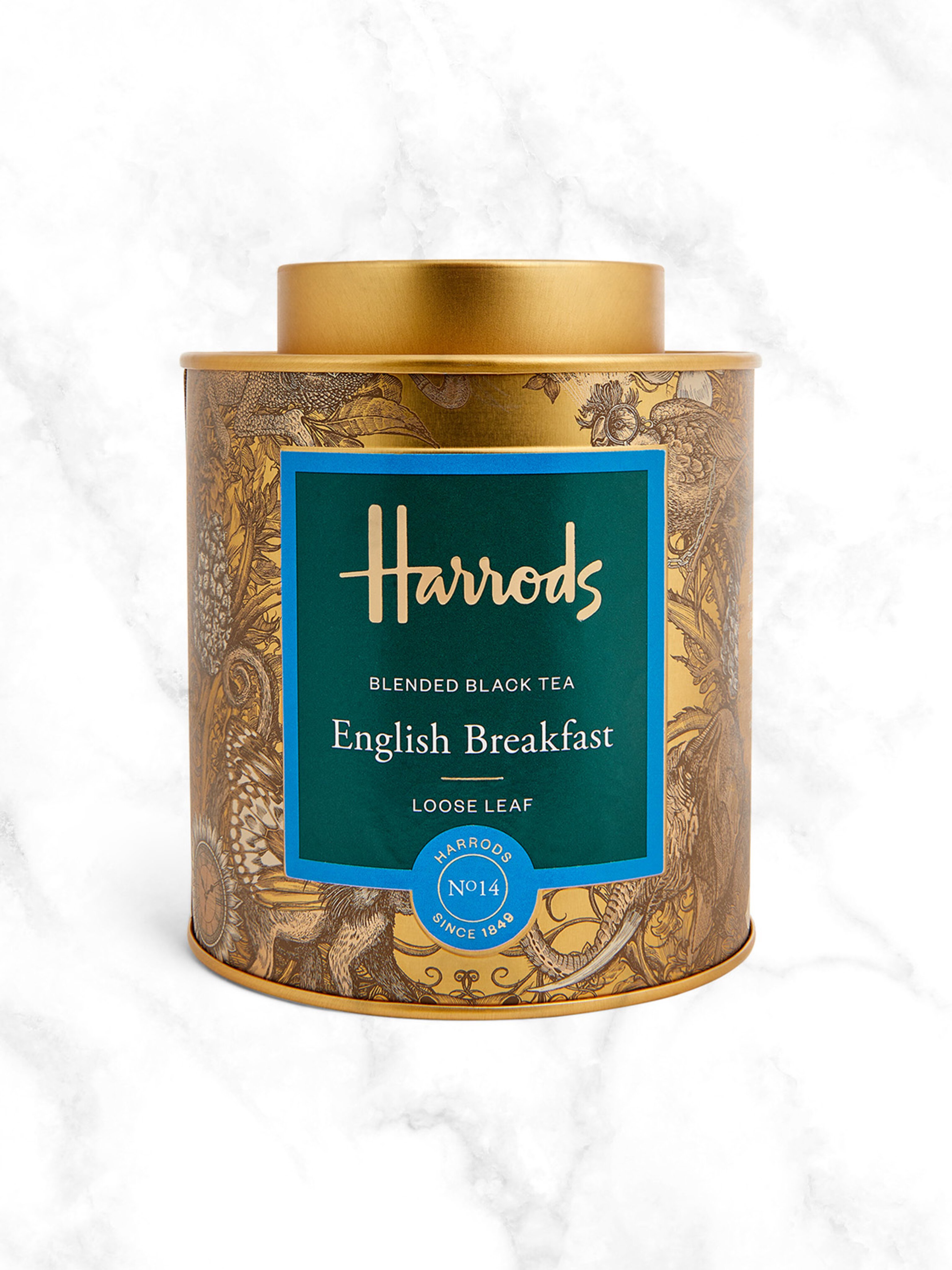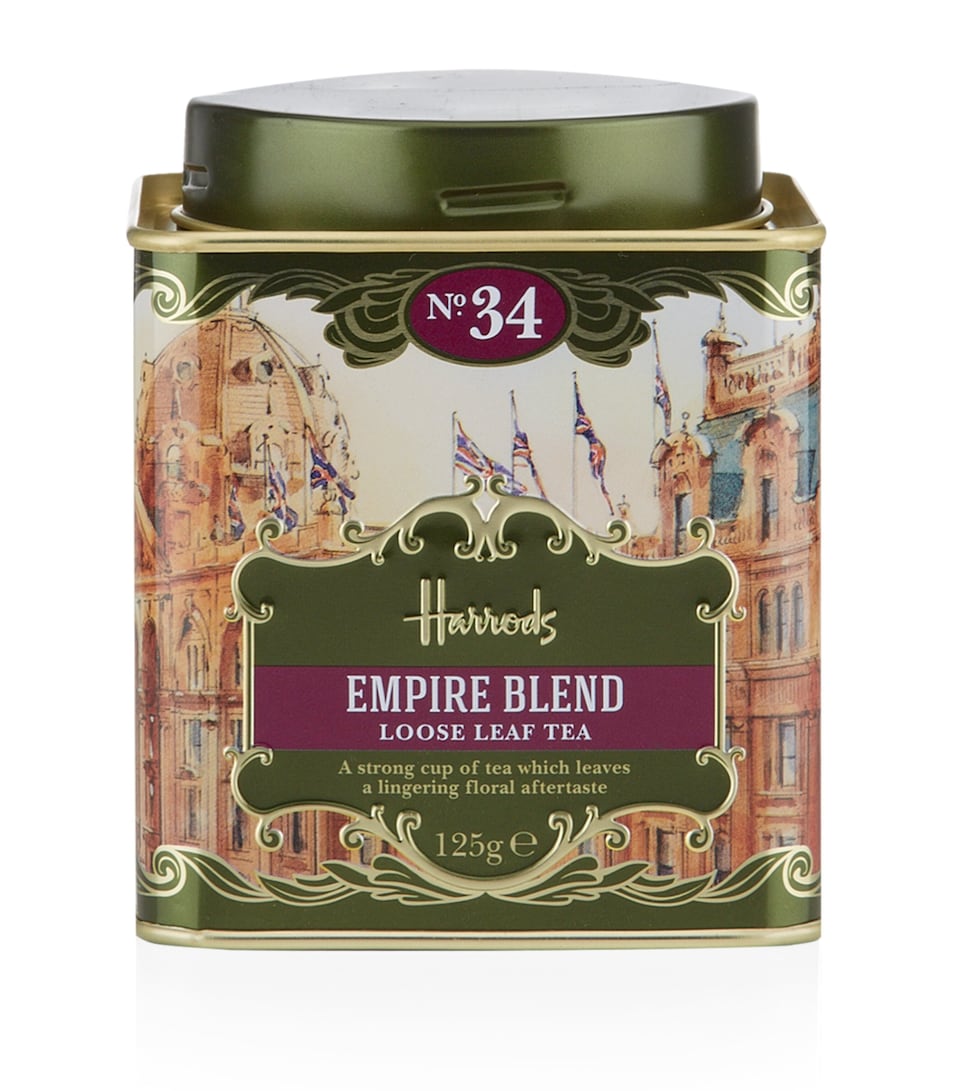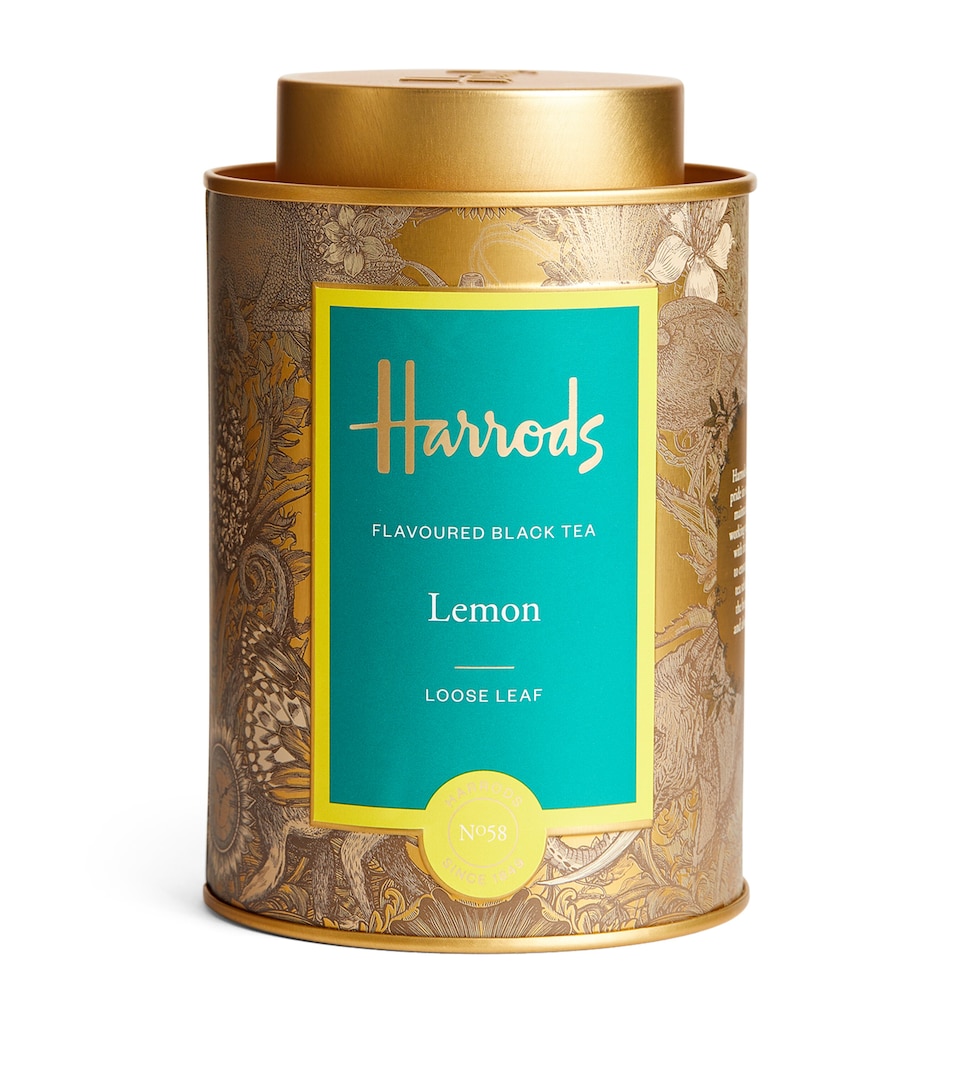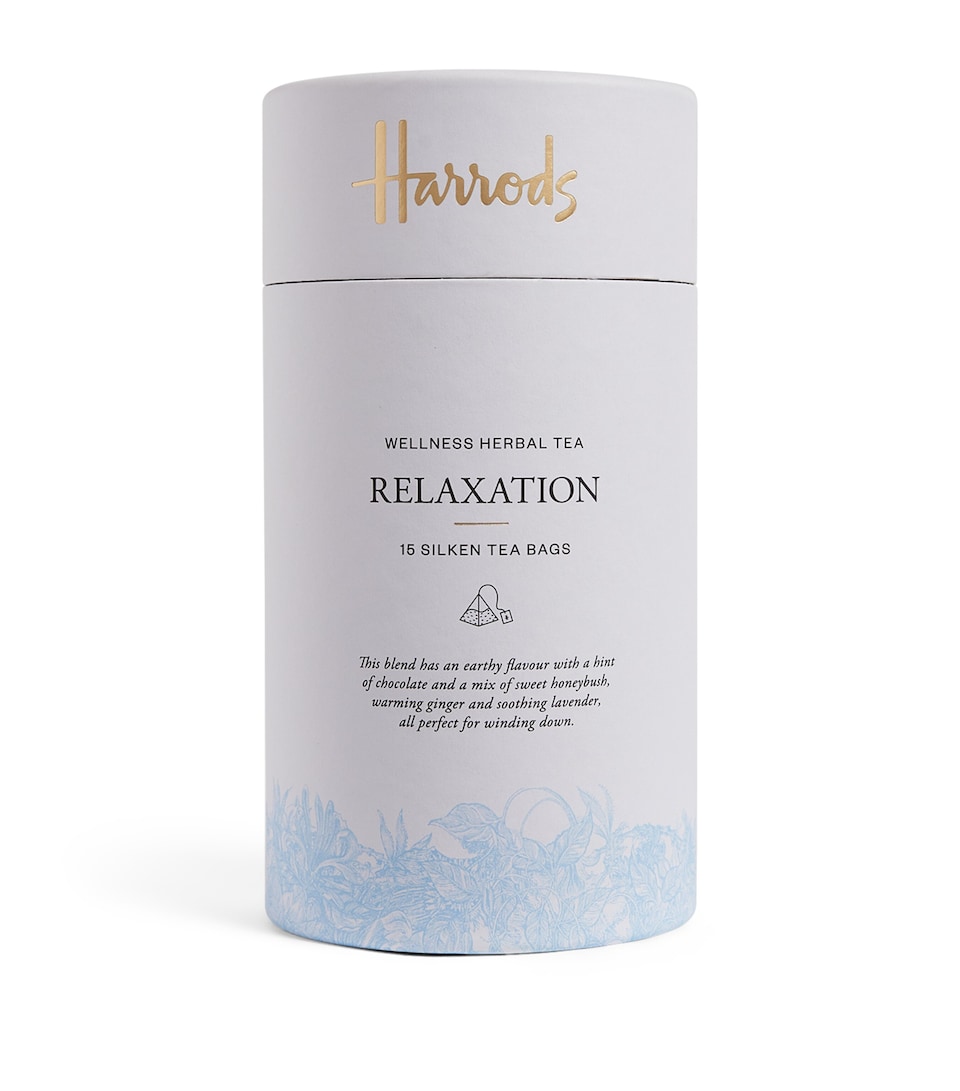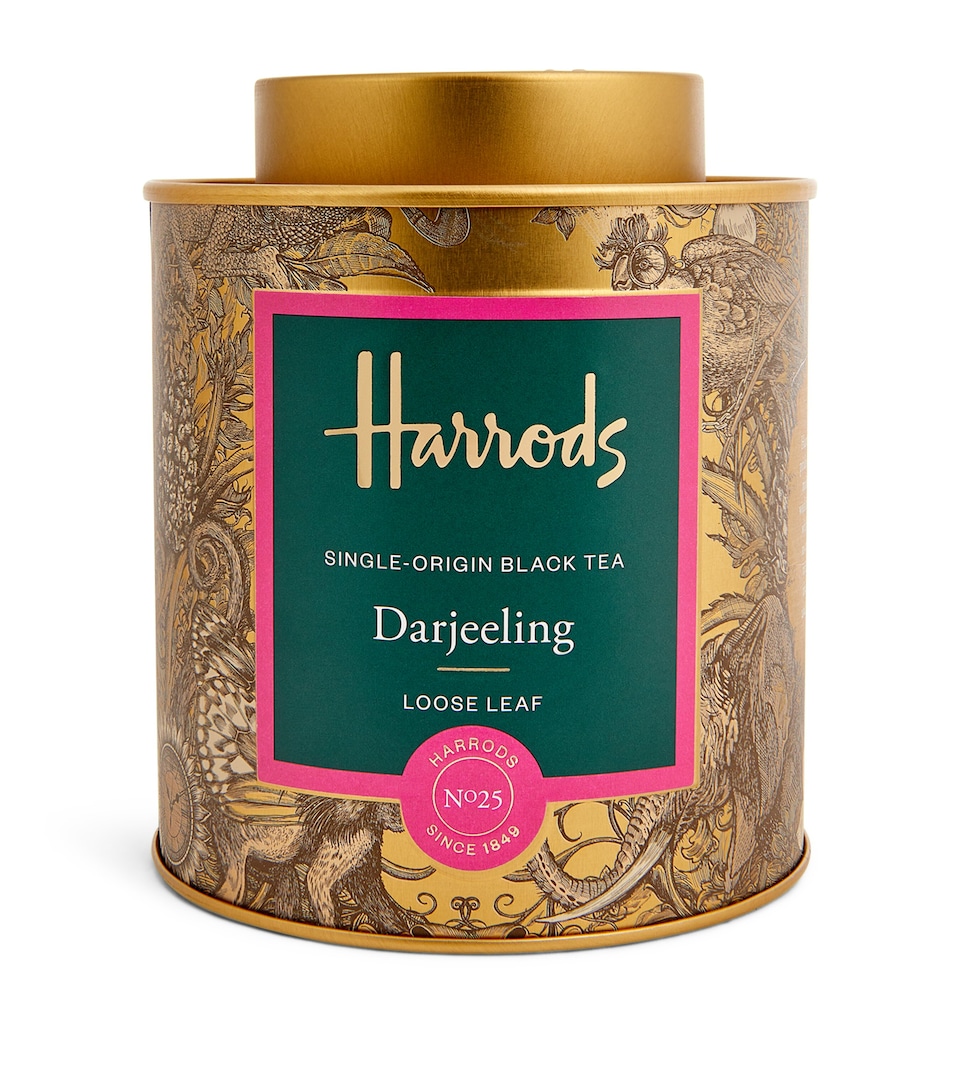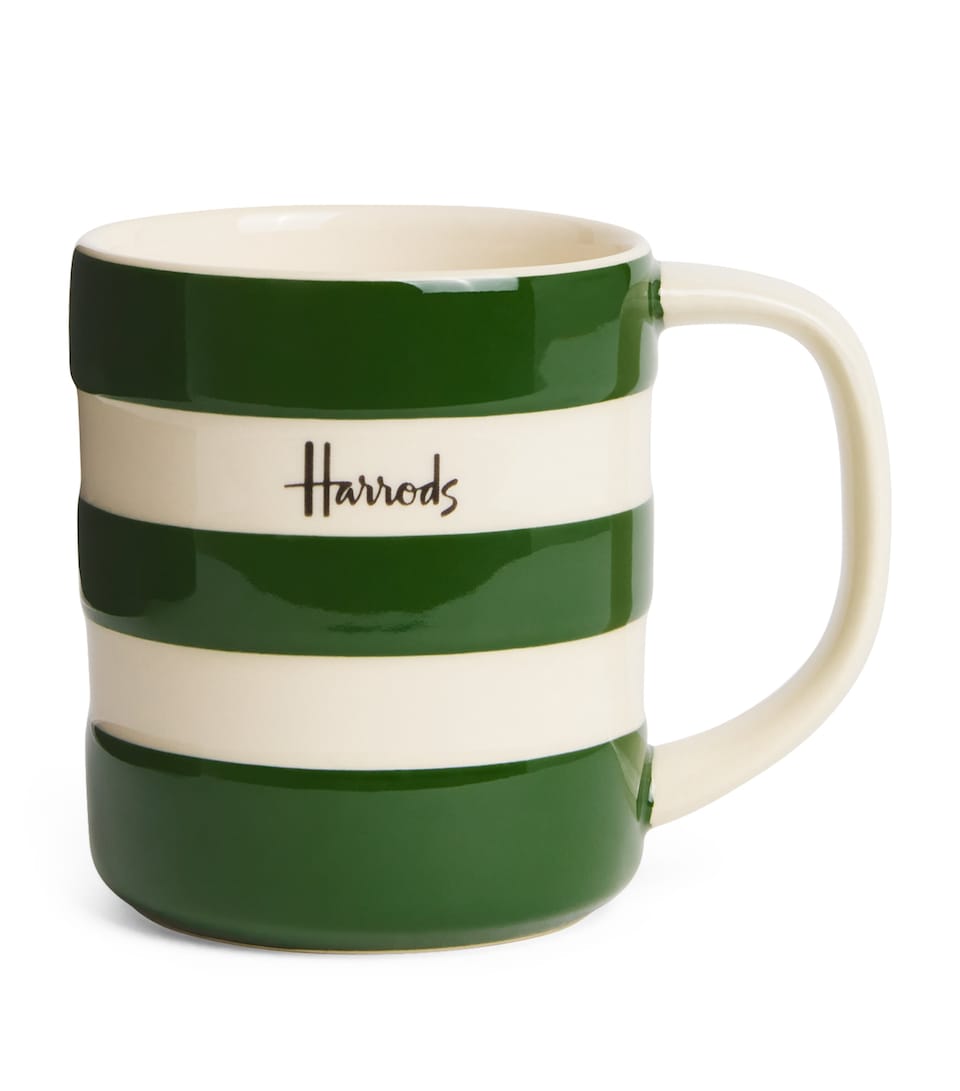A strainer is the simplest way to keep leaves out of your cup and to control brewing time, which directly affects flavour. Some teapots have built-in strainers, but if you don’t have one, there are resourceful alternatives.
A coffee French press works well – just be sure it’s thoroughly cleaned so pesky coffee particles don’t affect the taste. A fine kitchen sieve can also do the job. In a pinch, a slotted spoon can help, though smaller leaves may slip through, so pour your brewed tea slowly and carefully. No tea is worth a scalded hand.






